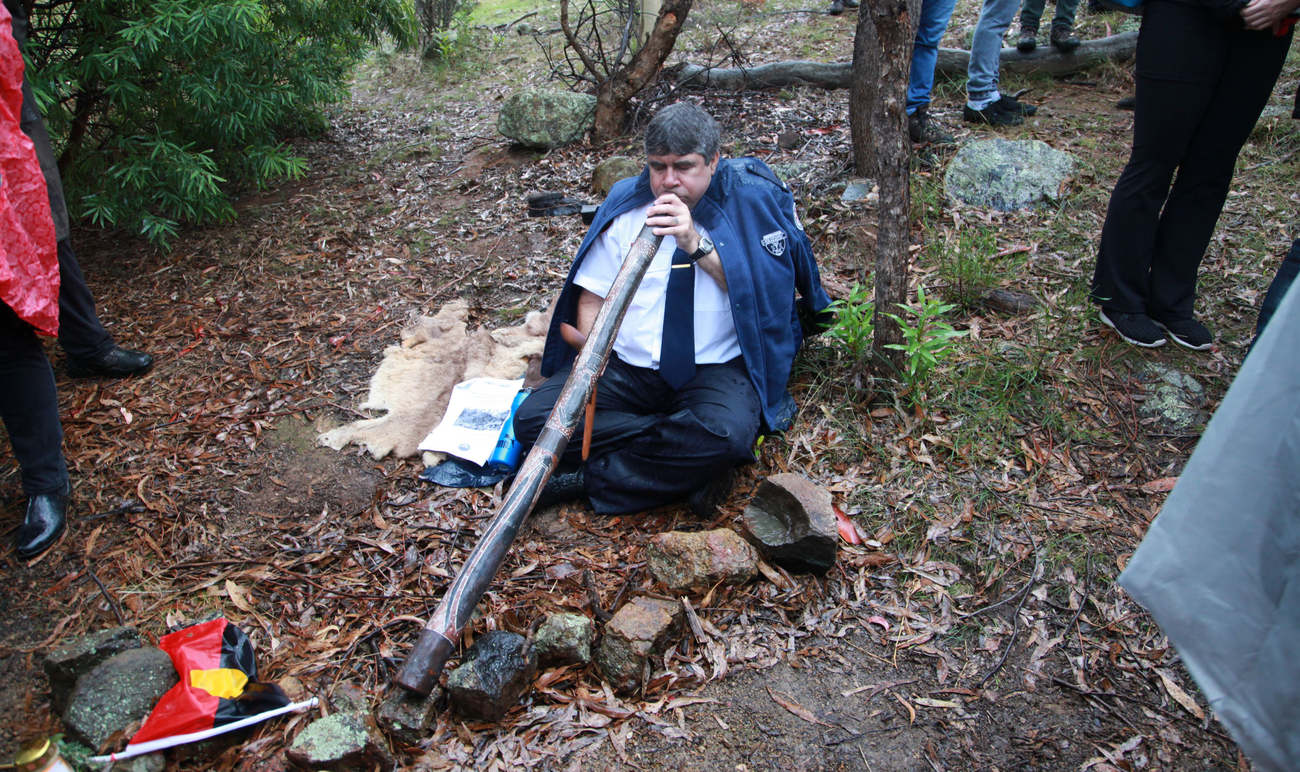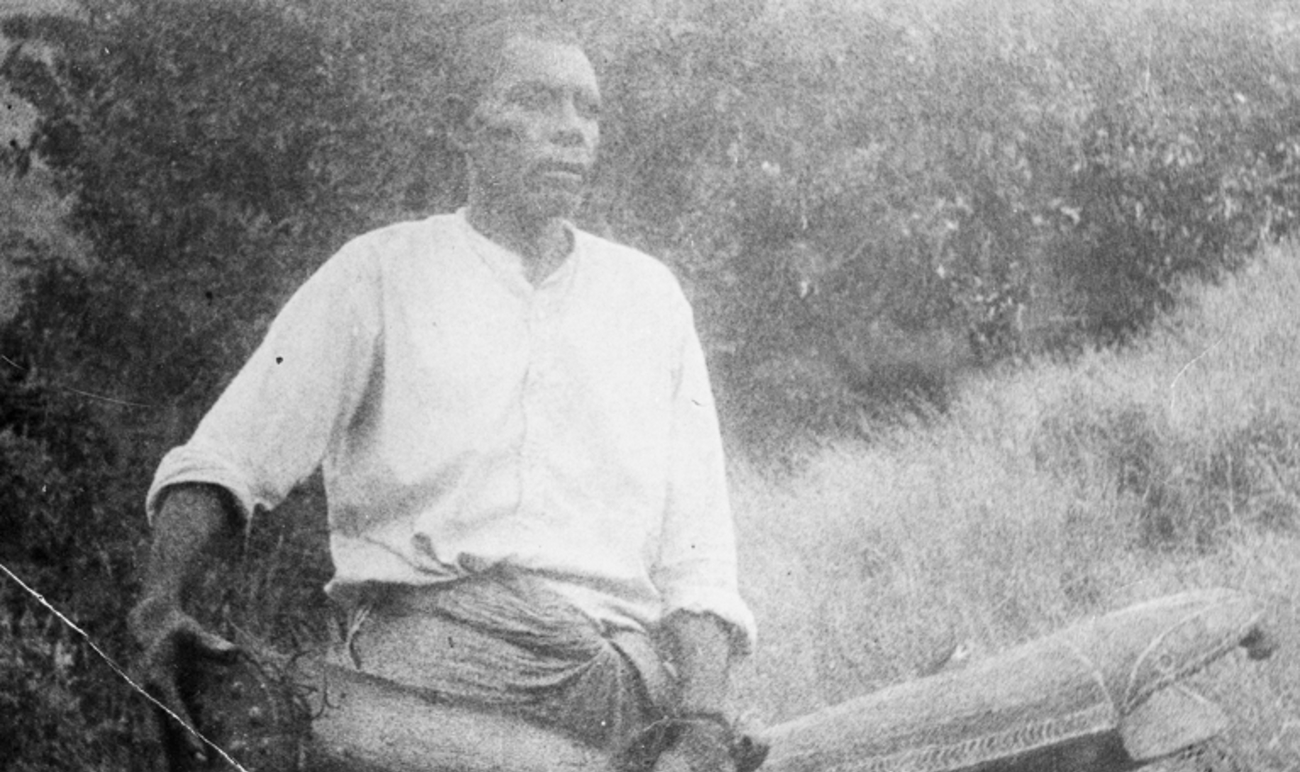Key points
- The didjeridu is not an Aboriginal word. It is known by a number of different Aboriginal names.
- The first didjeridus were made from bamboo.
- The didjeridu is only played by men.
The didjeridu is for many Australians an iconic symbol of Aboriginal Australia. However the word didjeridu isn’t an Aboriginal one. It was coined by anthropologist Herbert Basedow in the 1920s who likened the word to the sound of it being played.
In the same way that Aboriginal Australia is made up of many different language groups, there are also many different Aboriginal names for this sound instrument which today is commonly referred to as didjeridu.
Yidaki is the Yolngu matha (Yolngu language) name for it, Lardil speaking people on Mornington Island refer to it as the djibolu, while Djinang speaking people at Millingimbi call it Rirtakki.[1]
The Yidaki is an instrument owned exclusively by the Yolngu people of North Eastern Arnhem Land.[2] The current custodian is Galpu clan leader, Djalu Gurruwiwi, a universally reknown yidaki virtuoso who has devoted his life to continuing the long legacy of passing on knowledge about the stories, kinship connections and links to country and place of this instrument. This includes the story of barra, the west wind that blows through the yidaki.
Originally made from bamboo, the didjeridu is now made from a variety of eucalyptus species in which logs are hollowed out by fire or termites and a mouthpiece of wax or resin is moulded to one end.
Ethnomusicologist Alice Moyle constructed a chronology of the didjeridu, and found that it most likely came from the northwest region of the Northern Territory / Western Australian border. Moyle based this on the fact that bamboo didjeridus are made from one of two Australian bamboo species that grow in this area.
In time the instrument travelled east to North East Arnhem Land, where it transformed into a wooden instrument.[3] This chronology is also supported by rock art where bamboo didjeridus appear in older rock art than the wooden instruments.
The wooden yidaki in coastal regions of Arnhem Land is made from branches of stringy bark and woolybutt eucalyptus trees.
The didjeridu normally accompanies song and other instruments or sounds such as clapping sticks. Different tube lengths produce different sounds and players will often have a number of instruments to choose from to suit the voices of the particular singers who are performing.[4]
While women can be involved in the harvesting of timber and in the making of the didjeridu they do not play the instrument.
Did you find this article useful? What else would you like to know?
References
[1] Jones T 1967, The didjeridu : some comparisons of its typology and musical functions with similar instruments throughout the world, Studies in Music No. 1, p. 23-55.
[2] SA Museum n.d, Yidaki, viewed 11 November 2020.
[3] Moyle A 1981, The Australian didjeridu: a late musical intrusion, World Archaeology, Vol 12, no. 3
[4] Horton D 1994, The Encyclopaedia of Aboriginal Australia, Aboriginal Studies Press, Canberra.



